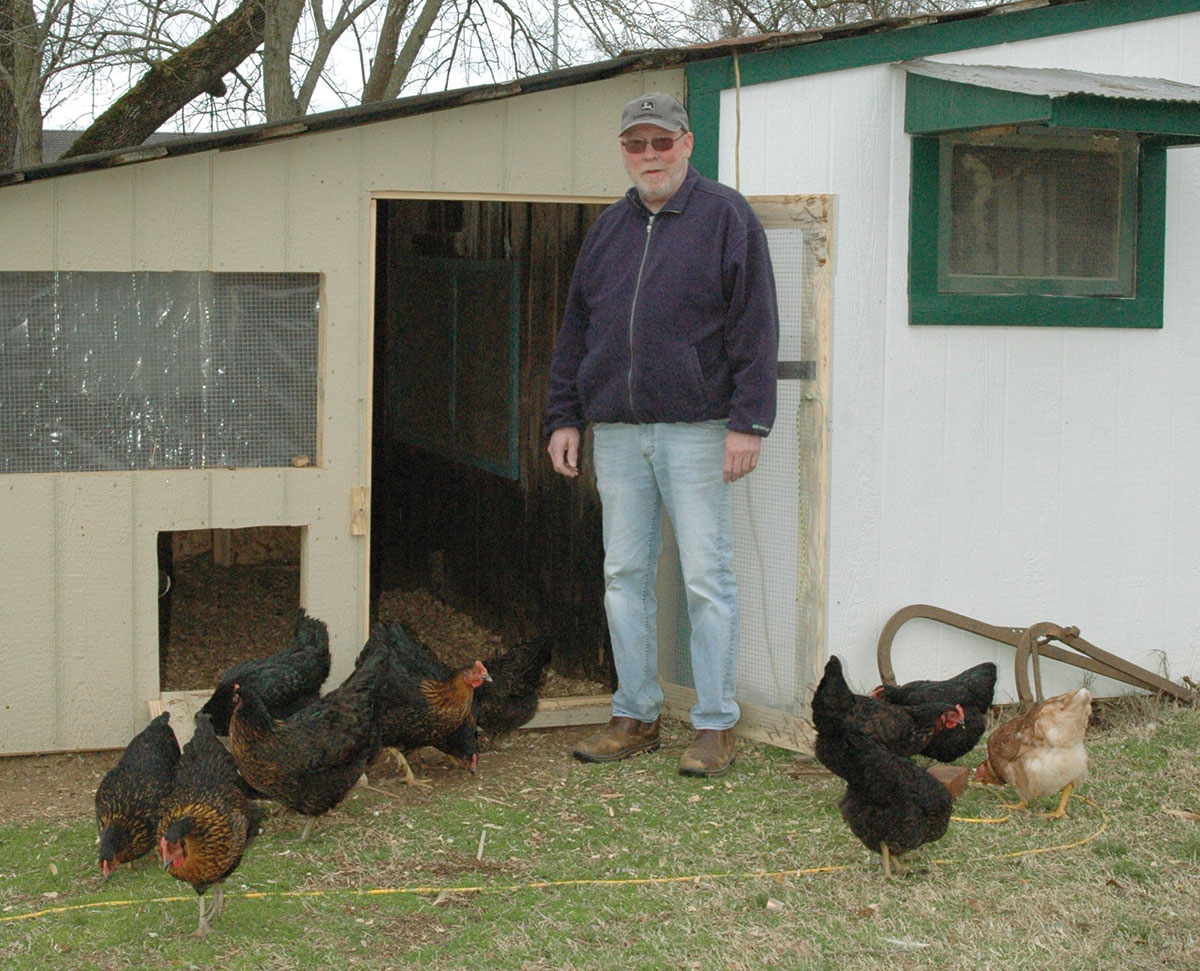
Dave Umfleet has a passion for producing seedstock Simmentals. He spends hours studying pedigrees and learning as much as he can about Simmental genetics. Dave and his wife, Debbie, focus on producing the best cattle possible for other producers to use for donor cows and bulls.
Getting Started
The Umfleets bought their first cattle in 2002. They were commercial Angus cattle, and they got along really well. However, Dave was curious about his neighbor’s Simmental herd. His curiosity resulted in him asking the neighbor lots of questions, and in the spring of 2005, he borrowed his neighbor’s bull.
“He let me borrow his bull one year, and I’ve been stuck on Simmentals ever since,” said Dave.
“When I got my first set of calves, I could see a huge difference in the way they produced. They had a lot more muscle and meat to them. My weaning weights went up right off the bat, as well, my yearling weights went up.”
Once they had their first calf crop, Dave and Debbie were sold on Simmentals. In 2007, they joined the Simmental Association and started learning the genetics behind the cattle.
“I really started studying the different bulls and cows. That really got to be a lot of fun. Instead of just turning a bull and a cow out, I tried to figure out what bull would work good on what cow.”
In the spring of 2008, Dave went to artificial insemination school in Iowa and has been artificially inseminating his cattle ever since.
“I have four donor cows that I flush for embryos. I put the embryos in the commercial cows and let them raise purebred babies for me. I also AI all of my registered cows. I just use a bull for clean-up.”
The Market
Today Dave and Debbie raise registered Simmental and primarily market them through private sales. They sell some of their bulls through Connor’s State College bull sales. When selling private treaty, Dave and two close friends often put their bulls together in a co-op to increase their variety for potential buyers. With the help of these friends, Dave is hoping they can put on their own sale in a few years.
“The main thing is if I sell someone a bull or heifer, is that I sell them something that really fits into their program. I’m not just going to sell them something so I can put cash in my pocket. I will stand behind it, if they have any trouble with it.”
Dave believes the most important part of his job is listening.
“When someone comes to look at cattle, I’ve got to close my mouth and let them tell me what they are wanting – not trying to steer them in the direction I want them to go. I’ve got to find out what direction they want to go and help them go in that direction.”
“You’ve got to make sure the customer is happy. Word of mouth will either make you or break you. You’ve got to make sure you give them what they need.”
Dave says he has learned the most by traveling to sales and shows around the country with friends. He also utilizes opportunities like seminars that are put on by the American Simmental Association.
Why Simmental?
“I can see a huge difference in the size of the calves, and pounds of beef is what sells. When I started using a Simmental bull I was putting 50-75 pounds on my weaning weight, and that is $50-75 (a head) in my pocket.”
In addition, Simmentals are great mothers and they’re docile. Dave said as he gets older, docile cattle become important.
Producing Quality
Dave’s focus is on producing a good, bruty cow that is going to raise beef with good carcass characteristics, and that is structurally correct.
“When you do all of that,” Dave said, “you’ve got to raise what you love to look at and what you think is a good animal. There are all kinds of trends, but you can’t jump on every trend that comes around.”
“If you do all of that, you’re going to get some good show quality calves. We try to pull them off to sell them as show calves or show them ourselves. We don’t breed for show calves, but through the breeding process, you’re going to have the cream of the crop that just stand out.”
“That’s the fun of it. You spend all of this time studying the genetics and really learning them and knowing the different bulls and the breed. When those babies hit the ground, you get to see whether you guessed right or wrong. Calving is my favorite time of the year.”







